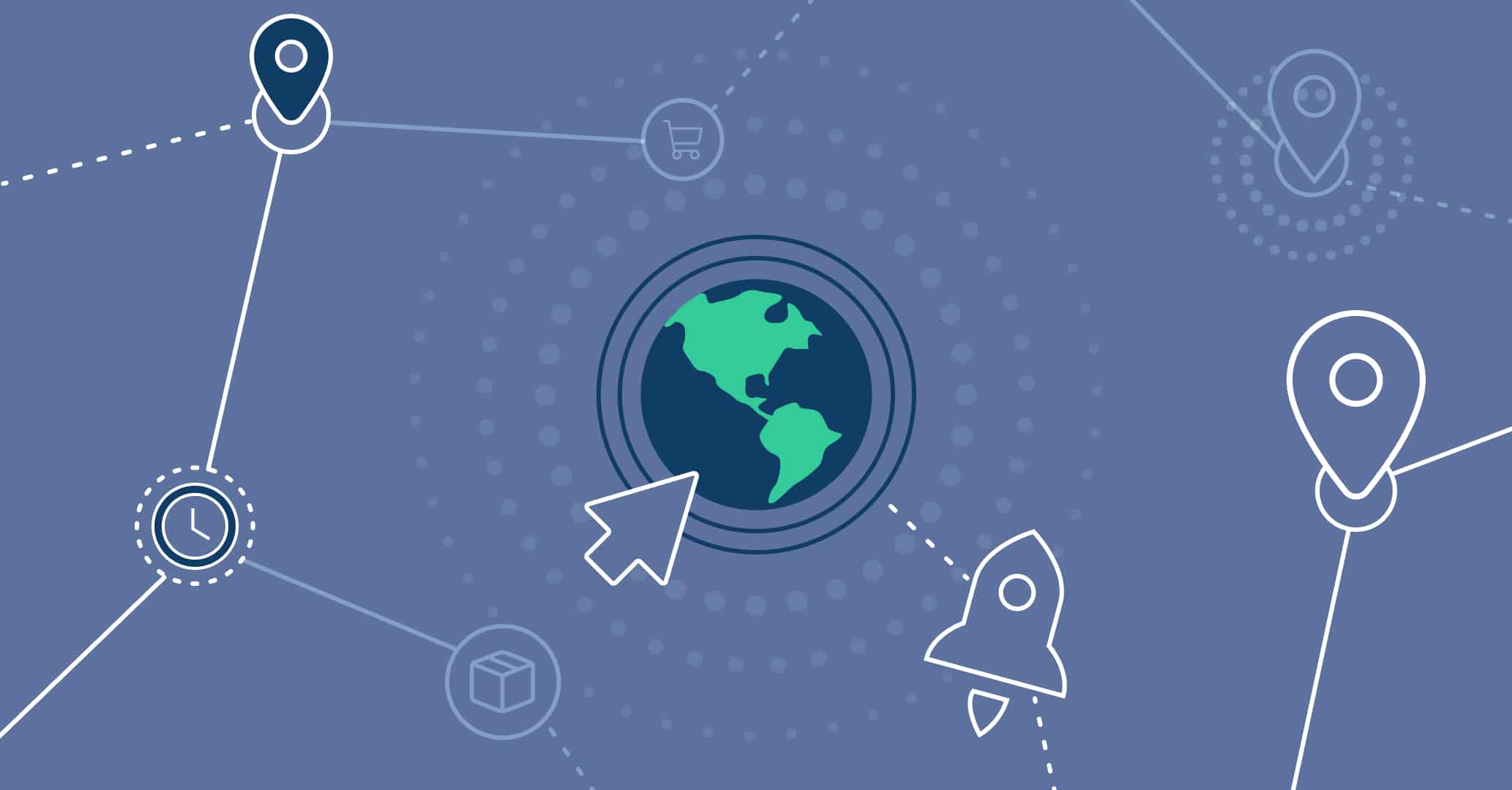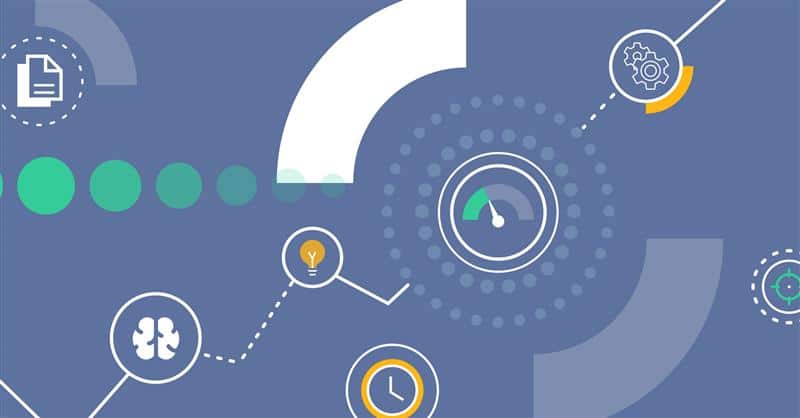- 1. Business Process Automation: benefits, examples and more
Business Process Automation: benefits, examples and more
In today’s fast-paced business environment, companies are constantly looking for ways to improve their business automation to stay ahead of the competition. One way to achieve this is through the implementation of business process automation.
In this article, we will explore what is business process automation (BPA)? Its benefits, and how you can start implementing it in your organization.
What is Business Process Automation (BPA)?
Business process automation (BPA) is the use of technology to automate processes and repetitive tasks within an organization. This helps optimize business processes by reducing employee workload and minimizing human errors.
To enhance company performance, implementing BPA requires both software applications to streamline business processes and integrate data across different systems.
Why is it important?
Business process automation is not just about necessary adaptation to the technology governing the current world, leaving behind paper to dive into the digital universe.
BPA aims for greater practicality in process management for assigned users, reducing error margins, response times, and costs, while driving organizational efficiency.
Additionally, business process automation simplifies audit processes, generating clear and accessible records and documentation for each step of the processes.
Which processes should be automated?
The only essential requirement for a process to be automated is standardization. If a process can be replicated and documented systematically, it will benefit from BPA.
From a strategic standpoint, processes that demand more time and resources within the organization would be prioritized when implementing an automation system.
How to do it?
To implement business process automation, there are several recommended steps:
- Identify processes to automate
To automate your processes, you must first understand them, assess the efficiency of their management, and establish goals for optimization.
Conduct an analysis of active processes within your organization and identify those that would benefit most in terms of efficiency and cost savings.
2. Analyze company readiness
Employees of the company are the ones who interact with the processes directly and regularly, so they should actively participate in their automation, expressing the current challenges of active processes and defining goals to be achieved once the BPA is implemented.
While one of the ultimate goals of process automation is saving time and resources, you must understand that implementing BPA also means an investment of hours and resources, so the company must be prepared to face it.
3. Define and model the initial process
Once the process to be automated is identified, it is necessary to define the steps that comprise it, the roles involved, and the necessary data clearly. Proper process modeling will facilitate its management in the chosen tool.
4. Select the right tools and technologies
Explore the range of tools available in the market for process automation, compare their cost/benefit with your organization’s objectives, and select the most suitable option.
Then you will need to acquire the necessary licenses to implement the tool, as well as train the users involved in BPA.
5. Develop and test the solution
Develop and test the automation solution to ensure that it meets your needs and requirements. Make the necessary iterations to achieve a bulletproof process, suitable for the organization’s expectations and validated by the users involved.
6. Deploy and monitor the solution
Deploy and monitor the solution to ensure that it is running correctly. Study the documentation, conducting periodic audits to measure results and make necessary adjustments.
Benefits of BPA
Business process automation offers several benefits to organizations, including:
1. Increased efficiency and productivity
Automation can help reduce the time and resources needed to complete tasks, freeing up employees to focus on more complex tasks that require human intervention.
This will result in increased productivity and efficiency throughout the organization, providing time and space for innovation and organizational growth.
2. Cost savings
Automation can help reduce operating costs by eliminating the need for manual work and reducing the risk of costly errors.
3. Improved data accuracy and regulatory compliance
Automated processes can help ensure the accuracy and consistency of data by eliminating manual data entry and reducing the risk of errors. Additionally, it can help organizations comply with industry regulations and standards, such as ISO 9001.
4. Improved customer experience
Automated processes can help improve the customer experience by reducing the time it takes to respond to their inquiries and requests, thereby increasing customer satisfaction.
Example of business process automation
Many business processes can be automated, including:
1. Data entry
Data entry is a repetitive task that can be automated using RPA software. This can help reduce the time and resources needed to complete the task and increase data accuracy.
Additionally, automated data entry allows for better categorization of entered information, facilitating its subsequent access.
2. Document management
It is well known that paper in business contexts has become obsolete. Documentation that requires a paper copy can be digitized for better preservation.
As for digital document management, understood as its classification, storage, and retrieval, it can be automated using document management software.
3. Customer Relationship Management (CRM)
Customer Relationship Management (CRM) can be automated using CRM software, which helps manage customer information and service requests.
4. Supply chain management
Supply chain management involves managing the flow of goods and services from suppliers to customers. BPA software can help automate this task by automating tasks such as inventory management and order processing.
5. Financial management
Financial management involves managing financial transactions, such as billing, accounts payable, and accounts receivable. Accounting software can help automate these processes, reducing the time and resources needed to manage financial transactions.
6. Personnel management
In the human resources area, tasks such as talent recruitment, onboarding new employees, and periodic performance evaluations can be optimized through process automation.
Challenges
Although business process automation offers several benefits, there are also challenges to consider when implementing automation, including:
1. Integration challenges
Integrating different systems and applications can be challenging and may require custom development.
2. Change management
Implementing automation may require changes to existing processes and workflows, which can be difficult to manage.
3. Training and support for staff
Business process automation through technological tools requires proper training and support for employees responsible for performing automated tasks.
4. Bottlenecks
While process automation reduces the margin of error in its management, the appearance of failures in the design or management of the process can result in bottlenecks: delays or setbacks in the resolution of processes that could negatively affect the satisfaction of employees and customers.
How does BPA relate to other processes?
The current market offers endless tools and technologies designed for business process automation, including:
Robotic Process Automation (RPA) software
RPA software is a type of BPA that uses robots to automate tasks and repetitive processes. Robots can perform tasks such as document management, relieving the workload of your company’s employees.
RPA has become popular among businesses as a quick solution focused on automating data entry and documentation.
Workflow automation software
Workflow automation software helps automate workflows and approval processes. By automating tasks previously performed manually, workflow automation reduces human error and increases productivity without extending your employees’ working hours.
Business Process Management (BPM) software
While BPA itself constitutes an optimization tool, process automation can be implemented as part of a larger business process management (BPM) plan.
BPM tools can include automation, as is the case with Qflow, but they also focus on other aspects, such as defining roles and responsibilities through a business organizational chart—in Qflow, this can be done in Qflow team—or the use of models, such as BPM notation, for process diagramming.
Best practices
When implementing business process automation, it is advisable to follow these best practices:
1. Start small
Start with a small, manageable process to test automation and ensure it meets your organization’s needs. This way, you’ll have time to make small-scale iterations, slowly introduce your employees to the new dynamics, and revert any inconvenience.
2. Involve stakeholders
As emphasized earlier, involving stakeholders, such as employees and managers of the organization, is necessary to ensure the success of BPA, ensuring that automation fits their resources, needs, and requirements.
3. Monitor performance
Regular audits are essential to monitor the success of the implemented BPA. Monitor the performance of the automation solution to ensure it is meeting your goals and providing the desired results.
4. Continuously improve
Implementing BPA is a long-term commitment, as it requires frequent optimizations to adjust it to the organization’s and market’s new needs. Even more so in the dynamic context of the current market.
Conclusion
Business process automation can offer numerous benefits to organizations, including improved efficiency, data accuracy, cost savings, and customer experience.
By following best practices and considering the challenges of implementing automation, organizations can successfully implement automation solutions and achieve their business goals.
Would you like to automate your business processes? Try Qflow today and discover the benefits of automation through BPM software






